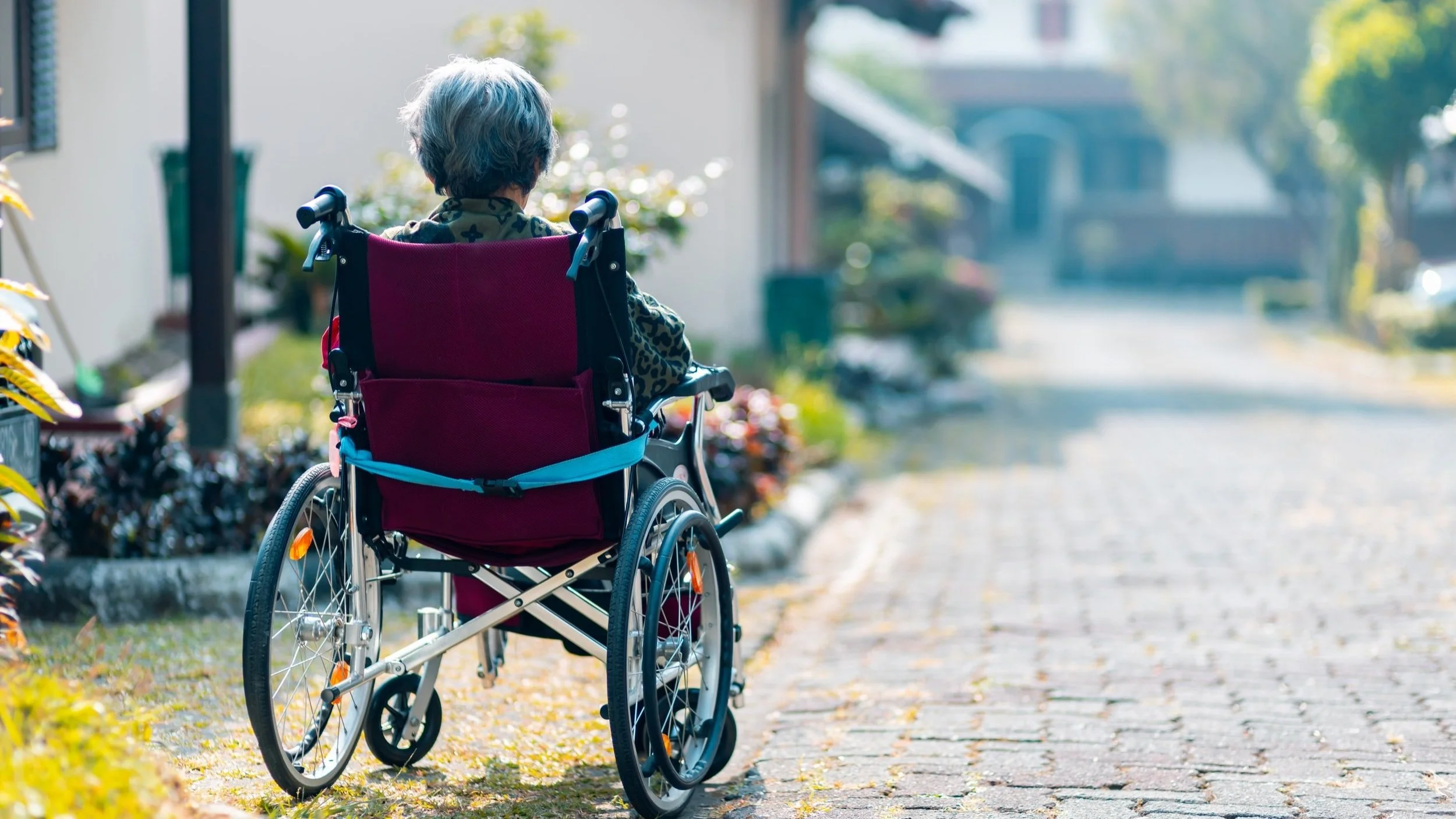Helpful Wheelchair Etiquette
Over twenty years ago, I met Esther through a mutual friend. Thirty years prior to our meeting, Esther had been a healthy, sporty lady, until she was involved, as a bystander, in an industrial accident that claimed the life of her dog and left her without the use of her legs; restricting her mobility through the use of a wheelchair.
Being someone who enjoys a laugh, I enjoyed spending time with Esther because of her witty sense of humour. I sometimes questioned if she was even aware of how funny she could be, as she straight-faced shared stories that moved me through bouts of laughter.
On one occasion in Esther’s company, without thinking, I placed my hand on her wheelchair. In her kind and funny way, she made it clear that I had committed a wheelchair faux pas. She then gave me a crash course of what she considered ill behaviour when it came to her wheelchair, which had become an extension of herself as she spent nearly all her waking hours in it.
These are the lessons I learned that day along with not touching someone’s wheelchair or the user unless asked to assist in some way.
Just because someone uses a wheelchair does not mean that conversations about them should be deferred to their caregiver or whomever they are with, we should speak with them directly.
During extended conversations, if possible, use a chair or kneel so as to be at eye level; this also prevents a wheelchair user from straining their neck.
As tempting as it might be to want to know why someone is in a wheelchair, it’s rude to ask. Depending on the relationship, over time they might want to share their story with us; though at the end of the day, the how and why really doesn’t matter.
There is no need to compliment the wheelchair as it highlights the obvious and can be uncomfortable for the user unless we are shopping for one and in need of some informed advice. If we are versed conversationalists, we could easily find some common ground to steer our conversation.
There might be some noticeable physical aspects of one’s disability that might draw our attention away from the person. However noticeable, we need not stare. Eyes can be penetrating and can be felt.
If a wheelchair user offers help with bags and whatever else, take their help. They know what they can or cannot do and they are often independent.
It’s easy to assume that because someone is using a wheelchair, they cannot walk. That is a false assumption, as some might find it challenging to walk for extended periods of time, and use a wheelchair as a reprieve.
When indoors and there is an empty seat next to a wheelchair user, ask before you take it as they might transfer themselves to that seat or might have use of it for other reasons.
I know of an incidence when someone thought the parking spot reserved for a wheelchair user was big enough for two vehicles and decided to share the spot with an already parked vehicle. When the wheelchair user got back, they were unable to get into their vehicle as they were blocked from extending the vehicle’s ramp. They had to wait until the owner of the illegally parked vehicle had finished with their shopping. What an inconvenience that was. Parking spots and washroom stalls are reserved for a reason.
A quick mention of motorized wheelchairs and mobility scooters. On a few occasions, my husband has been present when these electric marvels have become stuck in the snow, run out of battery power, or been hampered by extreme level changes. Each time his charge-in-to-help nature has been met with independence and specific instruction on how to help by the users. Where to push, pull, lift or do anything at all must still be directed. Let’s be respectful, help when there is a need, or ask and not patronize wheelchair users.






